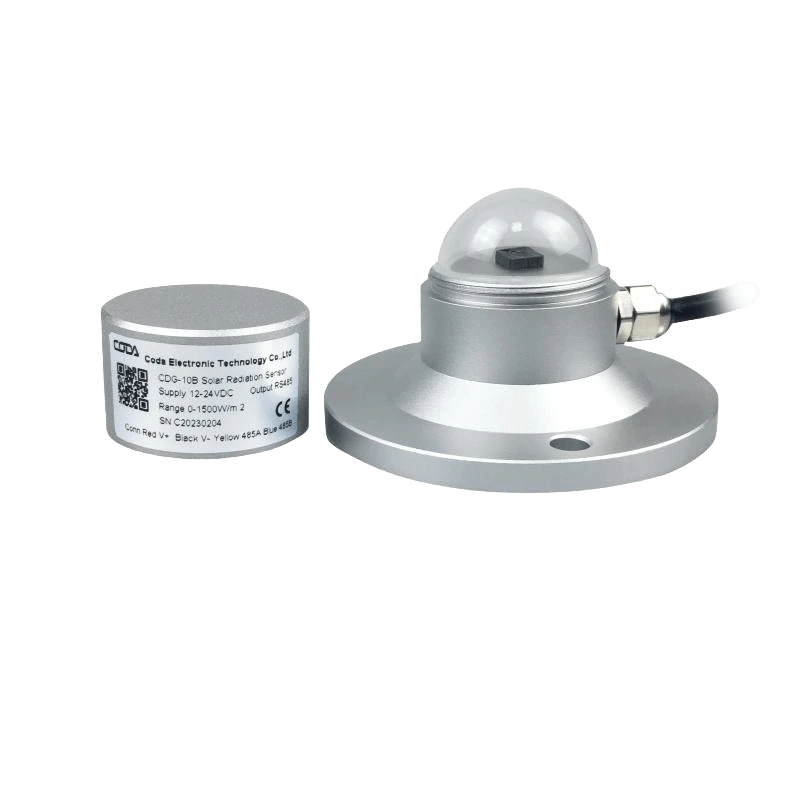
Initiating
Exact environmental prevision relies heavily upon correct evaluations harvested through one array including customized devices. Such apparatuses furnish precious information regarding atmospheric conditions, helping climatologists so as to forecast future weather layouts applying boosting correctness. A few principal types consisting of airborne mechanisms encompass heat meters, that assess thermal degree; pressure indicators, the tools that detect airborne tension; combined with dampness sensors, that calculate air moisture. Gusts speed including orientation are detected with anemometers including wind flags, in turn. Precipitations occurs as recorded by means of precipitation collectors including snow collectors. Meteorological centers usually integrate numerous devices aimed at deliver individual thorough snapshot about prevailing meteorological elements.
- Moreover, cloud levels plus forms can be observed through sight or applying exclusive cloud sensors.
- Supplementary utensils, including weather sensors, are propelled inside the atmospheric layers to collect details with respect to temperature, dampness, wind velocity, and more parameters covering a range of altitudes.
Through integrating details gathered from these varied weather gadgets, climate analysts are able to build in-depth plans relating to aerial phenomena also form consistent prognoses which benefit managing verdicts in relation to a wide range for tasks, spanning agriculture up to transit.
Important Catalog pertaining to Meteorological Quantifying Instruments
Earlier discussed amateur climate experts as well as common individuals similarly shall require a reliable series about implements intended to record along with apprehend the persistently modifying circumstances. A fundamental collection features gadgets including a thermometer purposed for quantifying nearby aerial heat levels, specific pressure indicator used to observe atmospheric stress, together with a hygrometer aimed at assessing air dampness. Too, gadgets namely the air velocity meter supply precise zephyr strength readings, though one rain sensor assists in comprehending precipitation quantities. By making use of those vital instruments, it allows getting each more profound grasp about the proximal regional meteorology arrangements.
Utensils to Assess Wind Flow: Instructions with Wind Appraisal
Airflow appraisal stands as key in varied for usages, from projecting energy accumulation for making sense of atmospheric processes. For exact measure gust pace plus path, a range of instruments were invented. Anemometers are generally deployed to calculate wind flow rate, although wind flags signal wind direction. The aforementioned gadgets are placeable in numerous concerning structures, specifically stationary masts, transportable platforms, besides uncrewed aerial systems (UAVs).
- Comprehending the concepts governing these implements opens up thoughtful interpretations regarding wind metrics.
- The tutorial investigates the performance pertaining to assorted wind assessing tools, yielding perceptions involving the gadgets' accuracy besides impediments.
Too, the content covers varied roles involving zephyr details among fields like regenerative energy, meteorologic research, combined with airline services. By obtaining an exhaustive grasp regarding methods of wind gauging, readers can capably harness this pertinent information regarding multiple purposes.
Learning Draft Pace via Advanced Utensils
With the purpose of correctly gauge draft pace, weather specialists together with engineers make use of advanced devices. Wind speed detectors are routinely used to gauge the strength of breeze. Such devices achieve by recording the circulation of airflow. Certain wind meters harness revolving blades that circulate triggered by the wind, even though others adopt ultrasound signals to ascertain air velocity. What's more, climate centers usually include diverse anemometers at different tiers to yield an extensive comprehension of breeze configurations.The figures gathered using the stated equipment constitutes necessary for many including uses, for example atmospheric forecasting, airflow energy creation, including aviation safety.
Velocity Gauge
An instrument to gauge air movement speed, frequently termed wind speed indicator, is intended to assess wind pace. Regularly, the stated equipment involve revolving bowls along with flaps acted upon by the wind's force. When the wind moves, these pieces revolve, with the spinning velocity matching the air movement speed. The spinning motion is eventually altered to a detectable value via electronic or analog interface.
Numerous kinds of airflow gauges are found, all featuring its distinct array of properties as well as uses.
- For example, rotating cup anemometers are commonly utilized to measure wind types of weather instruments speed in general, while hot-wire anemometers yield more exact data in fast wind environments
